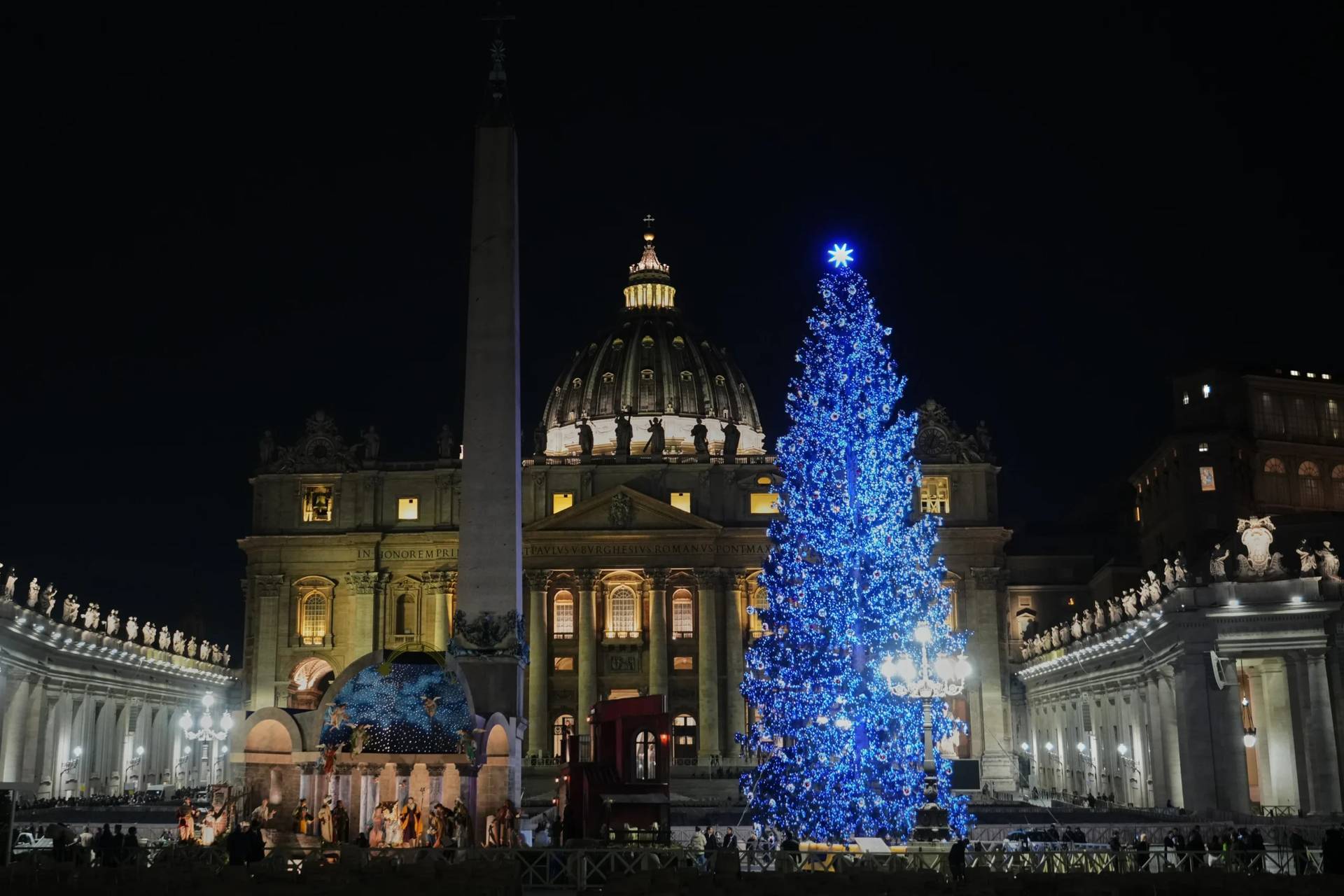It may be surprising to many Westerners to learn that Easter, which they thought happened more than a month ago, on March 27, is being celebrated only this Sunday by more than 250 million Orthodox Christians around the world.
The gap between the two celebrations reflects one of the oldest disputes between Eastern and Western Christianity, and efforts to get all denominations to agree on a common date today represent one of the front lines of the press for greater Christian unity.
In the early centuries of Christianity there was no uniform way of calculating the date for Easter, and different churches followed different local traditions.
Over time, Western Christianity decided that Easter is to be celebrated on the first Sunday after the first full moon following the spring equinox, an astronomical event in which the plane of the earth’s equator passes through the center of the sun, which occurs twice a year. Although the date of the actual spring equinox varies slightly every year, it’s set on Gregorian calendars for March 21.
Once the date for Easter is set in a given year, you back up one week to get the date for Palm Sunday; for Ash Wednesday, you back up six weeks and four more days.
Most Orthodox churches, however, follow the older Julian calendar, which is one of the reasons the date of Easter varies. There’s generally a 13-day difference between the two, with the Julian calendar being behind the Gregorian.
Another factor is that the Orthodox Church insists on following the rule set by the First Ecumenical Council, held in Nicea in 325 A.D., which requires that Easter must take place after the Jewish Passover in order to maintain the Biblical sequence of Christ’s Passion. Most Western Churches don’t follow the same practice, which means that, just as in 2016, the Western Easter can actually significantly predate the Jewish Passover.
Every once in a while, the full moon following the spring equinox comes so late that it counts as the first full moon after March 21 on the Julian calendar as well as the Gregorian. That allows the dates for Easter to coincide in both West and East, which happened in 2010, 2011, 2014 and will occur again in 2017.
After that, however, Christians are not presently scheduled to celebrate Easter on the same day again until 2034.
In recent years, there have been multiple efforts to find a formula that would allow all Christians to agree on a common date. Theologically, many see the divided celebrations as a scandal; culturally, Christian minorities in societies dominated by another religious tradition, such as predominantly Muslim lands, often say that having to stage their most sacred rites on different dates is embarrassing and hard to explain.
“It has long been recognized that to celebrate this fundamental aspect of the Christian faith on different dates,” states the Protestant World Council of Churches, “gives a divided witness and compromises the churches’ credibility and effectiveness in bringing the Gospel to the world.”
In June 2015, Pope Francis added his voice to the chorus, saying “we have to come to an agreement.”
The pope joked that Christians could say to one another: “When did Christ rise from the dead? My Christ rose today, and yours next week,” adding that this disunity is a scandal.
A 1997 ecumenical meeting in Aleppo, Syria, proposed a solution thought to be favorable to both East and West: both traditional methods of calculating the equinox and the paschal full moon would be replaced with the most advanced astronomically accurate calculations available, using the meridian of Jerusalem as the point of measure.
That proposal, however, failed to draw agreement from all sides, and the gulf between East and West remains.
In January, the Archbishop of Canterbury, Justin Welby, announced that the Anglican Communion would join leaders of the Orthodox and Catholic churches in an effort once more to find a common date. He confidently predicted that it would be accomplished within five to ten years, perhaps by agreeing upon the second or third Sunday in April.
On the other hand, Welby conceded that he might be a bit optimistic: “Equally, I think the first attempt to do this was in the 10th century,” he said, drawing laughter.














